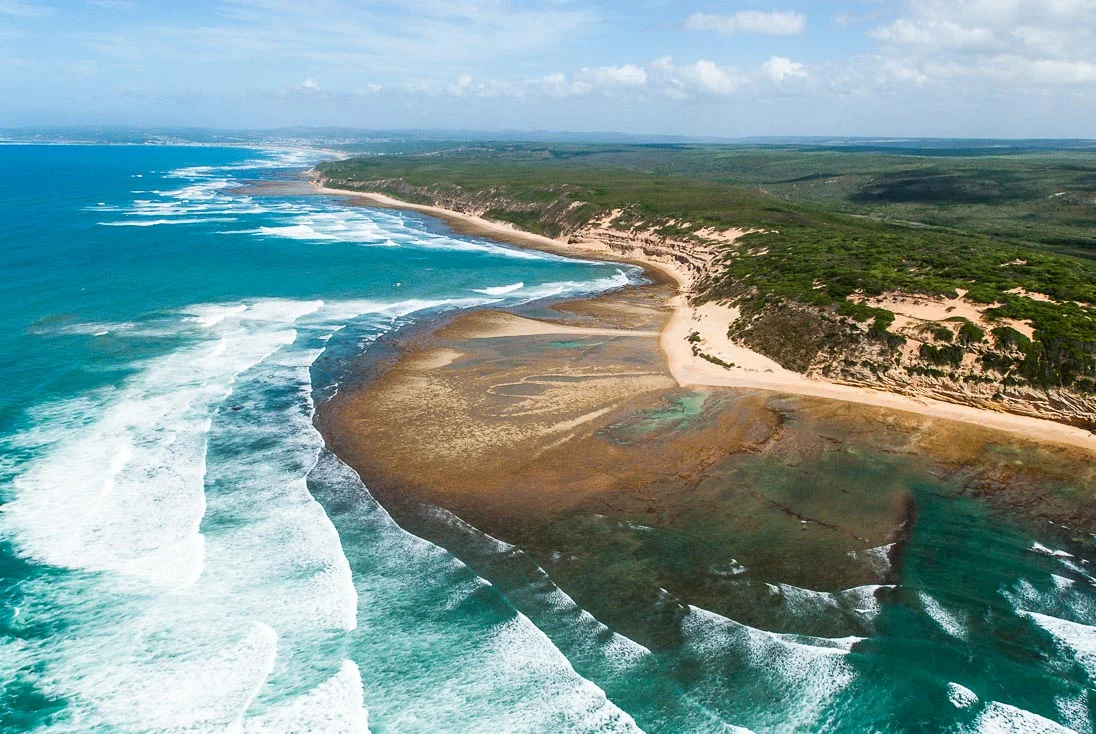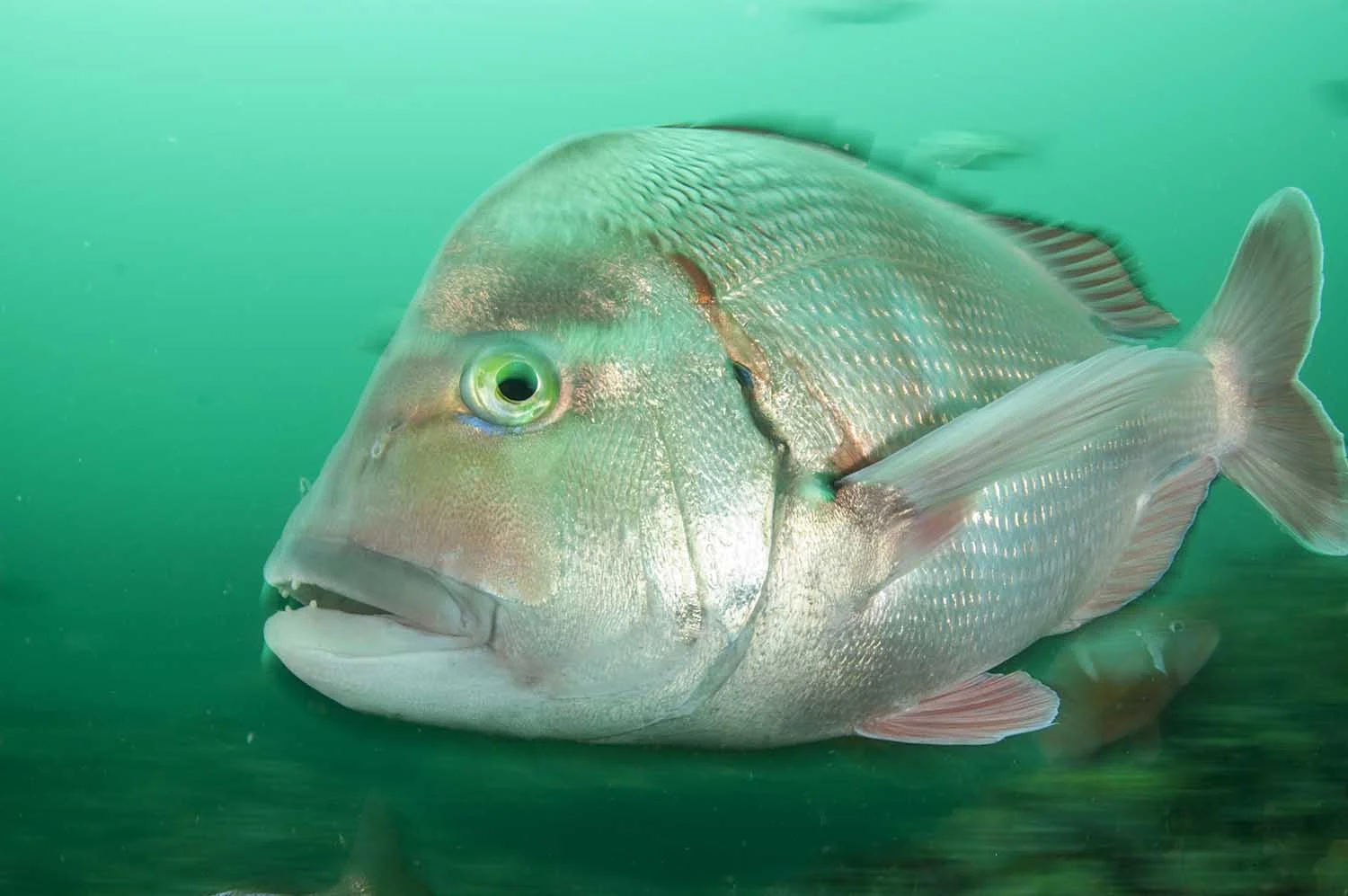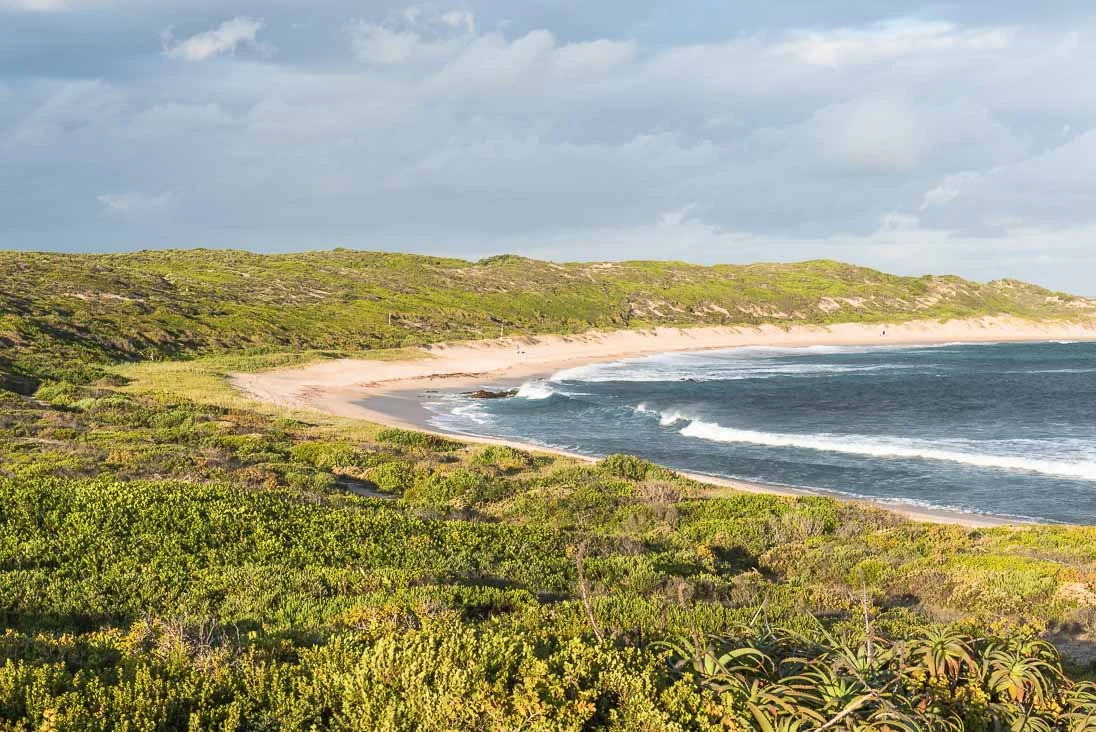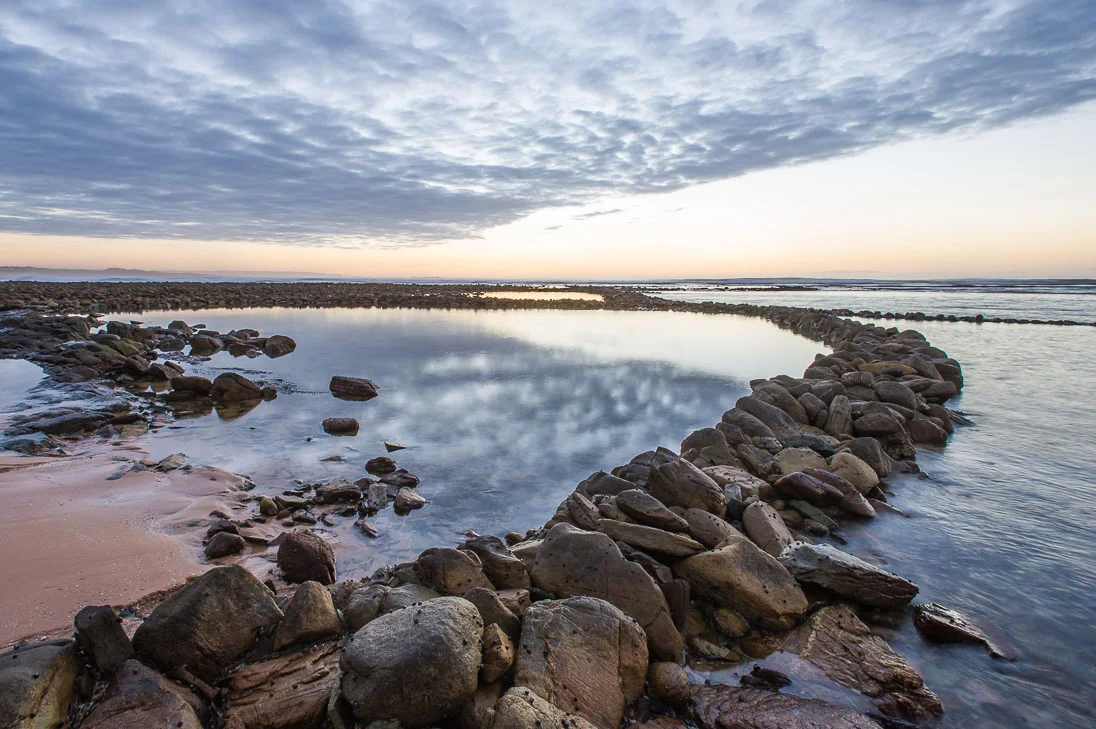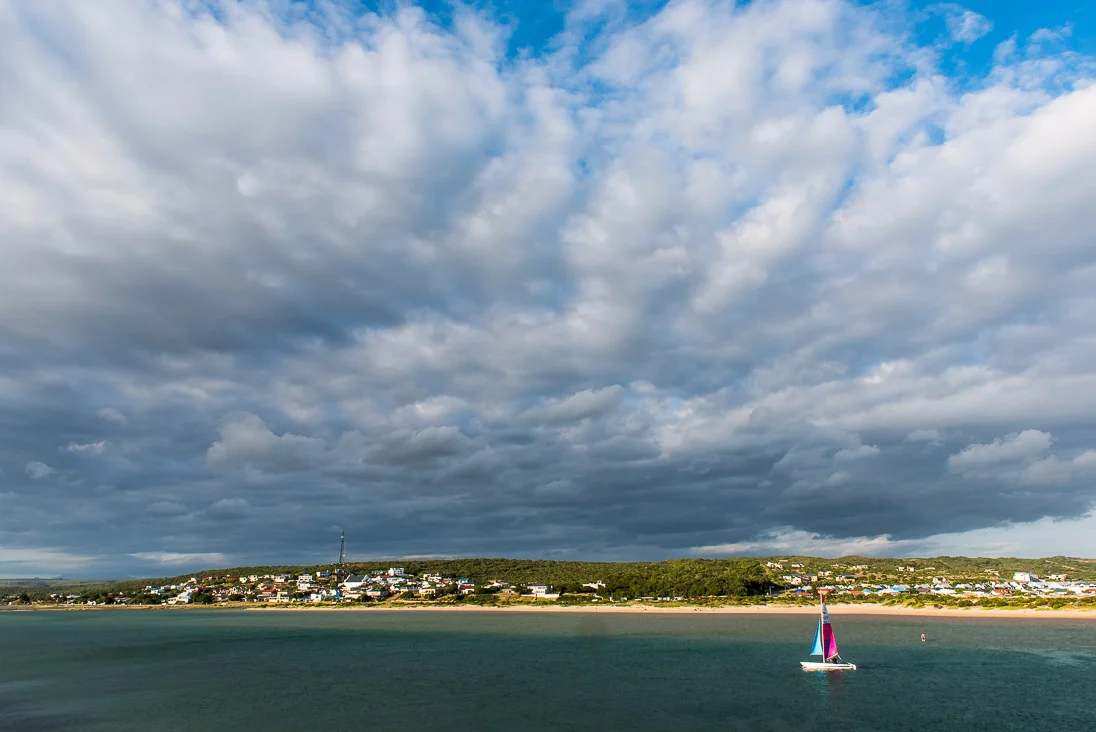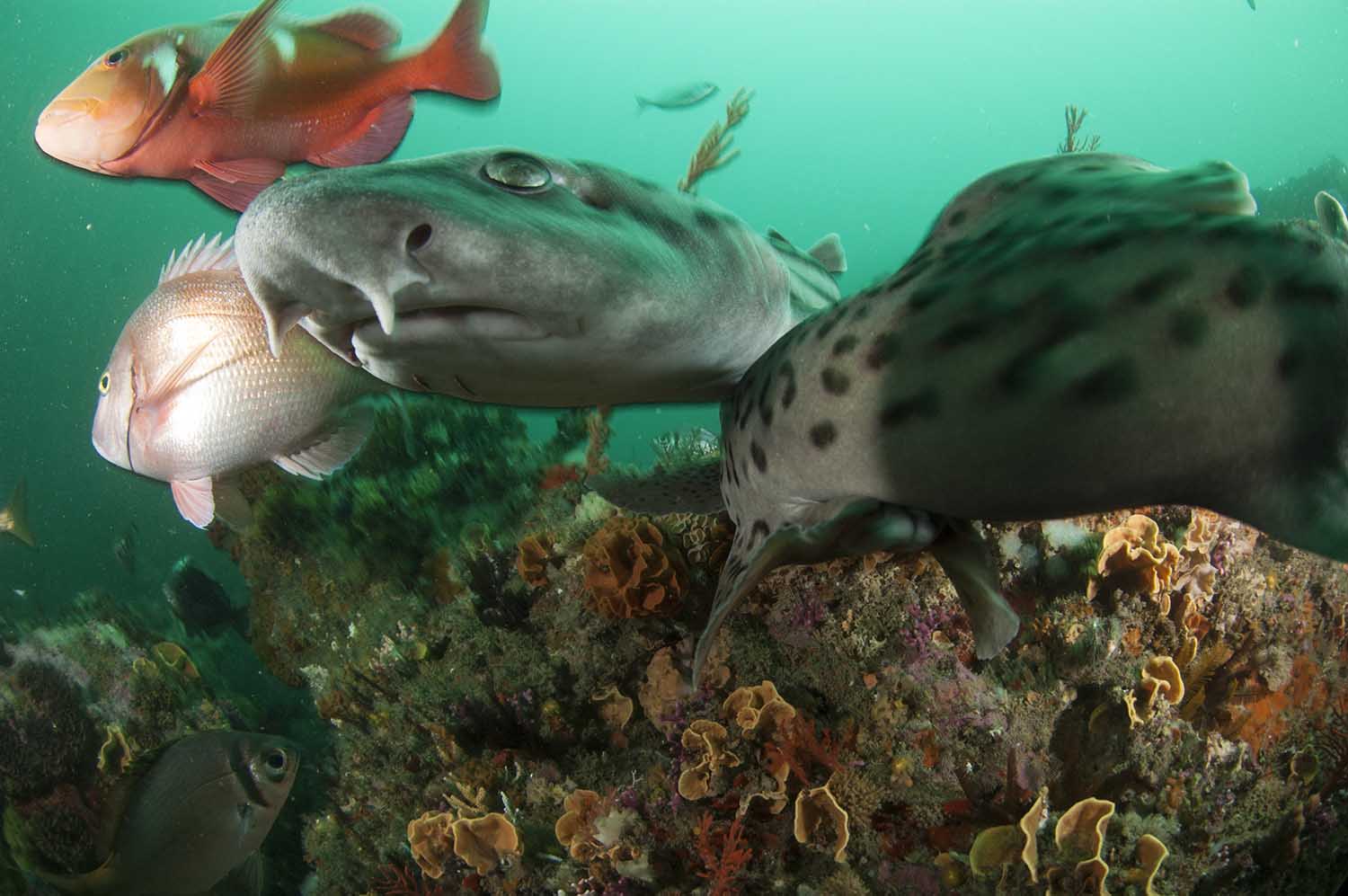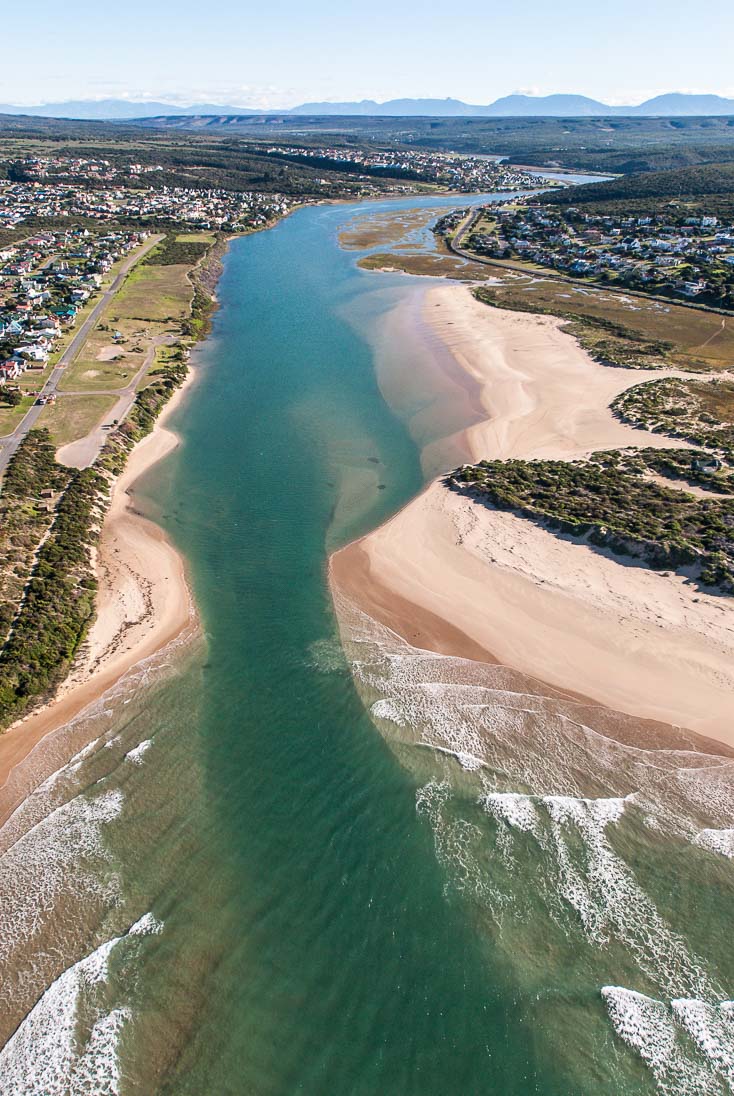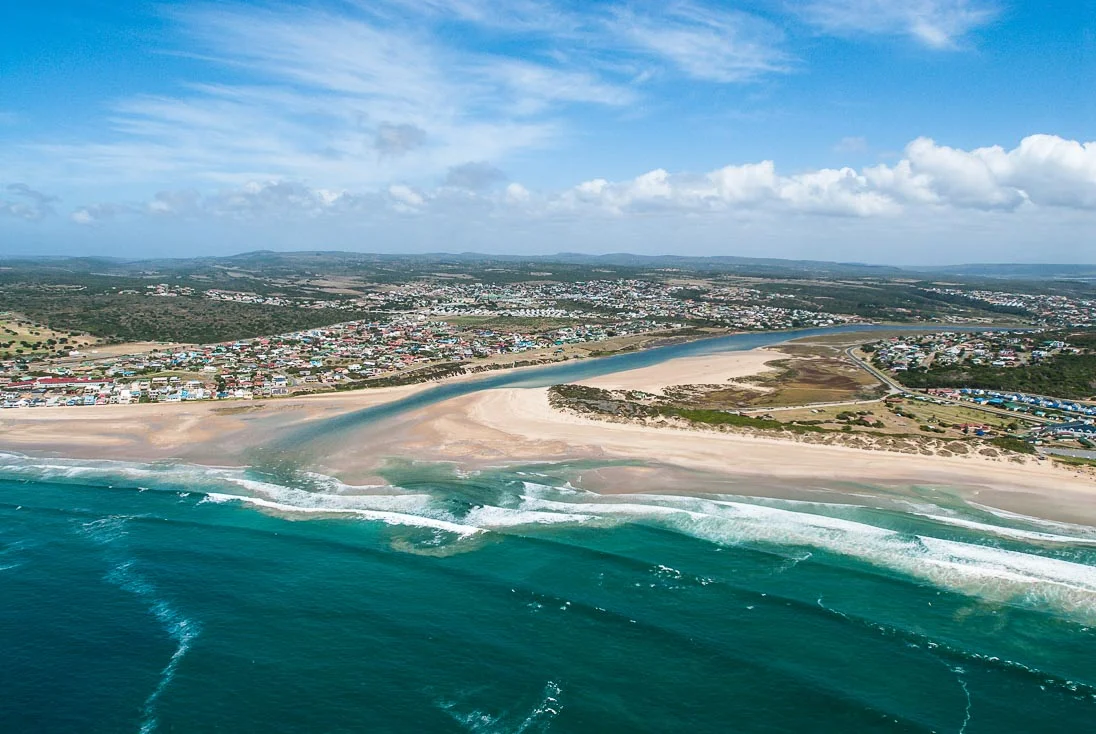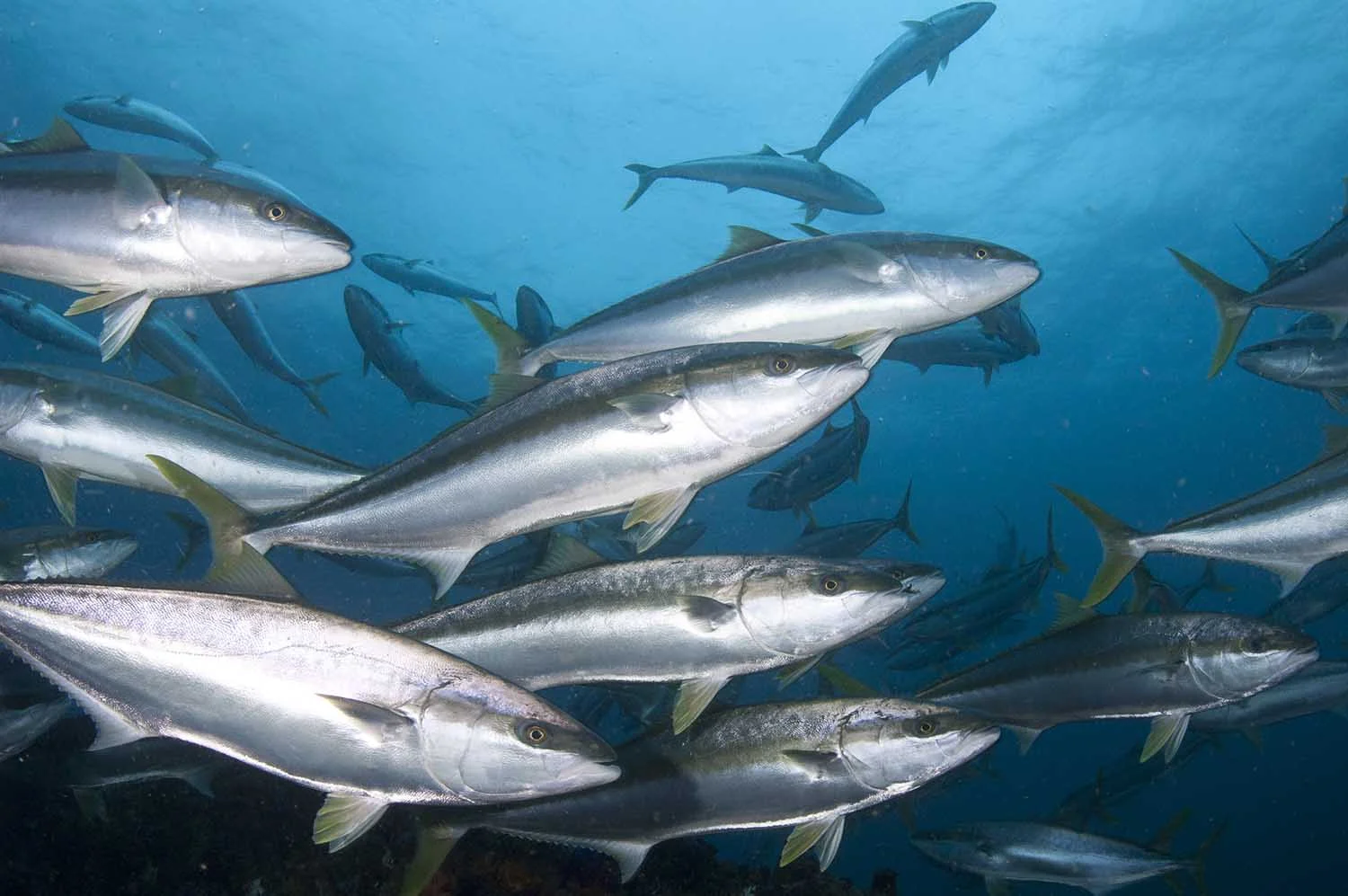STILBAAI MPA
"lekker by die see"
Stilbaai, Western Cape
From stone-age fish traps and intertidal wonderlands to the bustling life in the salt marshes and mud flats of the Goukou Estuary, Stilbaai has a bit of everything.
This this 31.9 km2 MPA was created in 2008 to allow for the recovery of reef and linefish, by ensuring sustainable use and equitable access to marine resources. It includes a 14km stretch of coast, the Goukou Estuary and extends up to 4.7km offshore, protecting a host of coastal and offshore habitats. Iconic species to be found within the MPA include southern right whales, ragged-tooth sharks, numerous species of reef fish and many invertebrates including pansy shells. Some of the most interesting species are the African mottled and longfin eel. These eels complete a remarkable journey, with adults migrating as far as Madagascar to spawn while juveniles travel the ocean currents before recruiting back to the estuaries and rivers along the southern Cape coast, a process that may take over 20 years and cover thousands of kilometres.
The inclusion of the estuary in the Stilbaai MPA makes it a leading example of integrated coastal management. The Goukou Estuary is a nutrient rich environment of mud flats and salt marshes and is home to a wide range of invertebrates. The estuary is also an important nursery for many species of commercially important marine fish. Birders enjoy visits to this area as it supports a wide range of wading birds, many of which occur in large flocks. The MPA has cultural significance as it contains some of South Africa’s best-preserved examples of fish traps or “visvywers”. The ancient intertidal stonewall pools were created to trap fish at low spring tide. Some may have been built over 3 000 years ago, but many are much younger. This means that people in the area have been collecting seafood for a very long time. The terrestrial Skulpiesbaai Nature Reserve lying to the west of the small fishing harbour is excellent for watching seabirds and for exploring the intertidal rock pools. The MPA is managed by Cape Nature and has onshore and offshore no-take and controlled zones.
BENEFITS
protects the Goukou estuary and its role as a fish nursery
preserves historical marine artefacts and cultural assets
allows for the recovery of overexploited fish species

